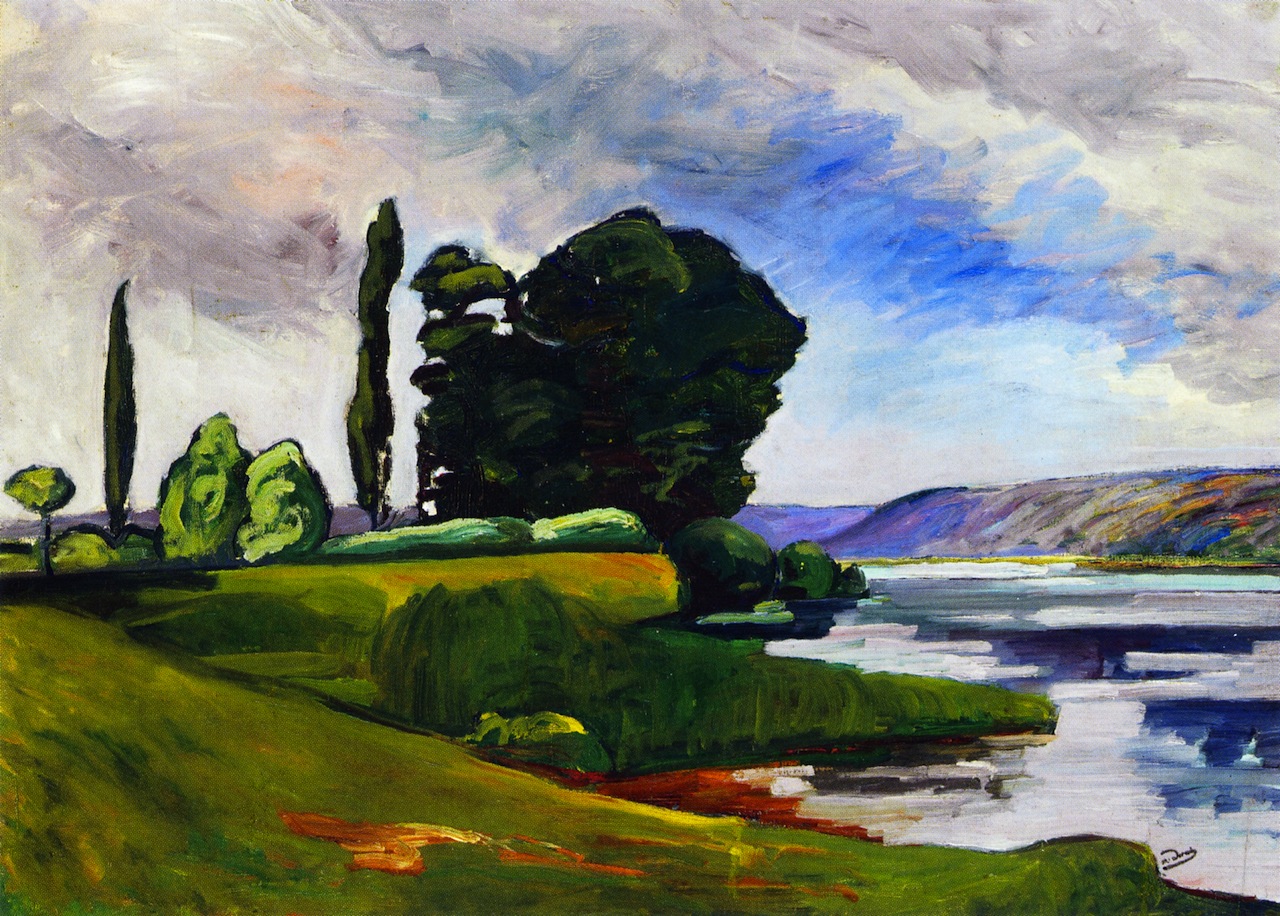One cover artist included was Leslie Thrasher (1889-1936), who entered into a man-killing contract to provide the magazine with weekly covers for a five-year period. He managed this by doing a long, continuing saga of a young family using himself as the model for the dad.
Thrasher also painted illustrations for advertisements and Saturday Evening Post covers, the Post being the leading general-interest magazine of the day. So he was no second-rate artist, even though his hurried Liberty covers seldom added to his reputation.
Some of his Post covers can be found here. Brief biographical notes are here and here. Another, probably mistaken, take on the Liberty contract by Norman Rockwell can be found here.
Below are examples of Thrasher's cover illustrations.
Saturday Evening Post cover - 8 June 1912
Thrasher was young when Post saw fit to put his work on its cover.
Saturday Evening Post cover - 12 January 1924
A Post cover from shortly before Liberty was launched.
Liberty cover - 13 December 1924
An early cover for Liberty.
Liberty cover - 27 December 1924
Two weeks later, this cover featuring a profane parrot.
Liberty cover - 27 October 1928
An example of a cover featuring a Thrasher self-portrait.
Liberty cover - 10 November 1928
That's Thrasher again, in the background struggling with a baby.
Liberty cover - 2 March 1929
Here he travels to pre-Castro Cuba.
Saturday Evening Post cover - 3 October 1936
Apparently some readers mistook this for a Norman Rockwell cover.
Saturday Evening Post cover - 16 January 1937
This appeared shortly after Thrasher died; it was probably in production and couldn't easily be pulled.

















































